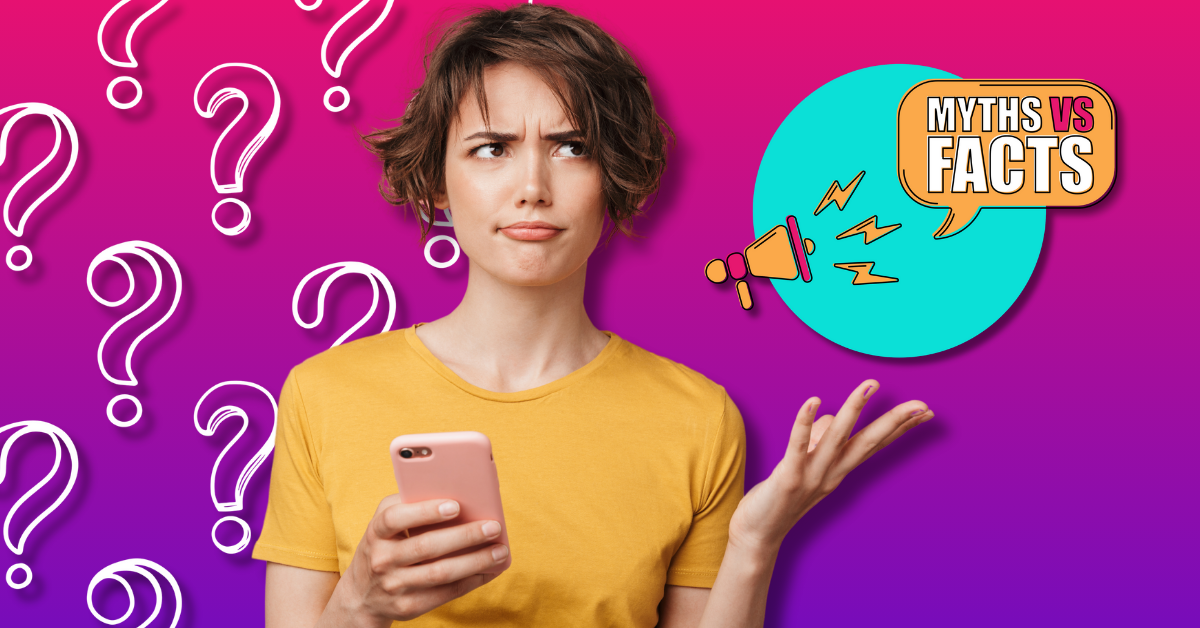If you’ve ever wondered why some people seem to light up an entire room while others seem to create a bad vibe the moment they step through the door, the Enneagram offers a compelling answer.
Formulated in 1915 by philosopher George Gurdjieff, the still-relevant methodology of personality typing gives us detailed insights into how we behave, especially in the areas of conflict and connection. So put on your thinking cap, and let’s get analytical about the arena of Enneagram dynamics.
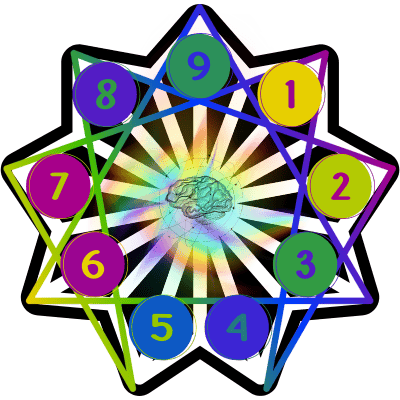
The Basics: What is the Enneagram?
The Enneagram is a structural figure that maps out nine basic personality types, each with its unique set of behaviors, motivations, and anxieties. From the perfectionist Type 1 to the peace-seeking Type 9, the Enneagram offers a vibrant rainbow of human psychology. It’s not just about what we do but why we do it—giving us a better understanding of ourselves and others.
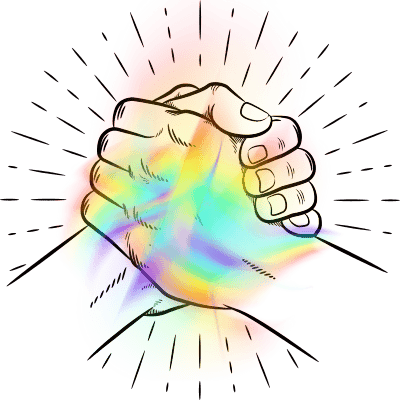
The Power of Enneagram Conflict and Connection
Conflict and connection are both inevitable facets of human interaction—the way you deal with these dynamics is highly influenced by your Enneagram type. Have you ever wondered why some people thrive under pressure while others bolt? Or why some are charming and social, while others prefer to stay home and curl up with a good book over a social gathering?
Let’s examine how different Enneagram types negotiate these knotty kinds of social interactions and why!
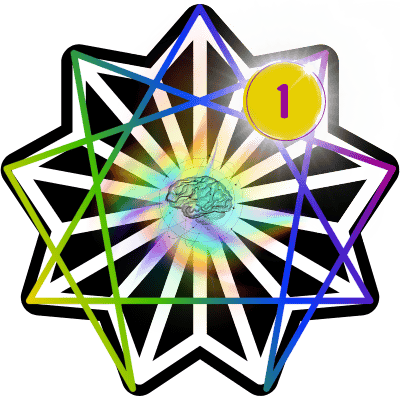
Type 1: The Reformer
Conflict: Type 1s crave order, integrity, and accuracy. When they encounter conflict, they can get stuck in a “righteous” mindset, inadvertently alienating others with their immovable views. They believe in doing what’s right and can become frustrated when others don’t share the same values.
Connection: On the upside, their steadfast commitment to ethical behavior makes them super reliable friends and romantic partners. They cherish quality in relationships and put lots of effort into their upkeep.
Tip: To get along with a Type 1, showing a dedication to fairness and integrity helps—they appreciate when their efforts are acknowledged and their core principles respected.
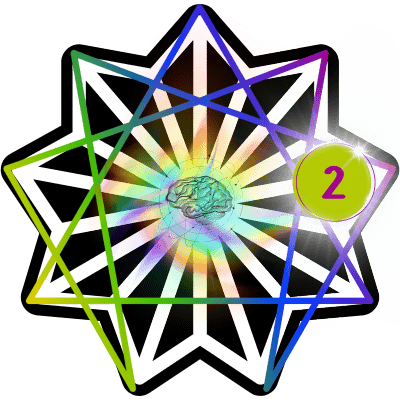
Type 2: The Helper
Conflict: Type 2s are giving and nurturing but can become emotionally invested to the point of possessiveness. When conflicts arise, they may feel unappreciated and become passive-aggressive or overly emotional.
Connection: They are naturally empathetic, easily connecting with others by providing unwavering emotional support.
Tip: To avoid conflicts with Type 2s, open and honest communication is crucial—you need to acknowledge their feelings and efforts in order to maintain a healthy relationship.
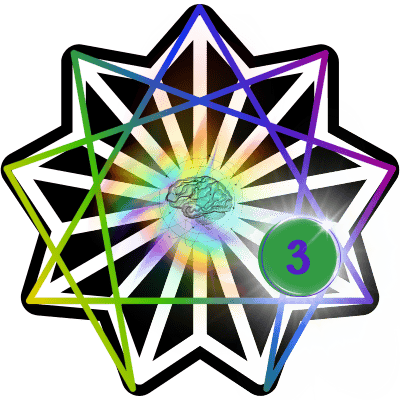
Type 3: The Achiever
Conflict: Type 3s are prone to seeing things as a competition in a conflict situation–they want to “win,” which can quickly escalate arguments needlessly.
Connection: They are often the life of the party, drawing people with their charisma and ability to get where they want to go when it comes to their goals.
Tip: To navigate a relationship with a Type 3, being supportive of their ambitions helps, but remember to encourage them to slow down when needed and to stop and smell the roses on an emotional level.
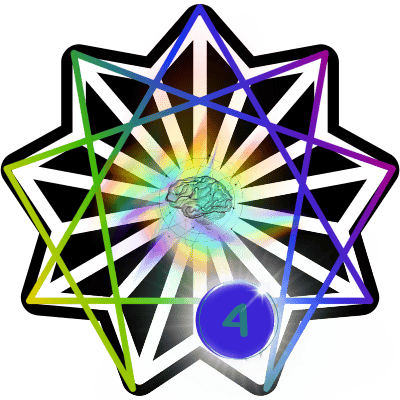
Type 4: The Individualist
Conflict: Type 4s are sensitive and introspective—conflicts can trigger fears of being unimportant or “less than,” or even completely misunderstood, causing them to withdraw.
Connection: However, their emotional depth and natural artistic nature offer a quirky, enhanced perspective in any relationship.
Tip: When interacting with a Type 4, validate their feelings and encourage them to express themselves. Being a good listener is more valuable than trying to “fix” the situation by offering solutions.
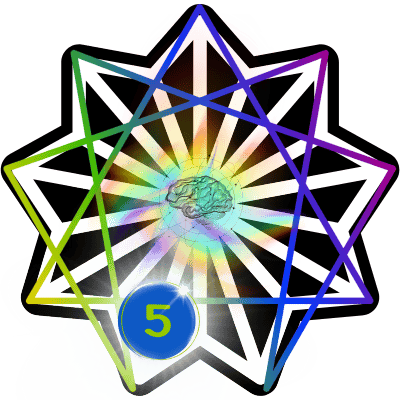
Type 5: The Investigator
Conflict: When faced with conflict, Type 5s may detach, preferring to analyze the situation from a distance. This can be misinterpreted as them being cold, uncaring, or indifferent.
Connection: They may not be showy with their feelings, but they form incredibly deep bonds based on mutual respect and shared intellectual interests.
Tip: Give them space and engage in thoughtful dialogue to strengthen your connection. Their analytical skills can be a wonderful asset in resolving conflicts if gone about thoughtfully.
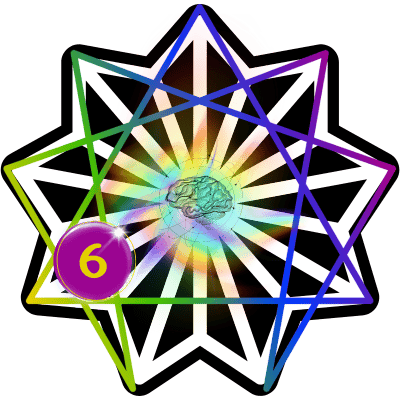
Type 6: The Loyalist
Conflict: A Type 6’s skepticism can ramp up during conflicts, causing them to question the motives of everyone involved.
Connection: On the other hand, their loyalty is rock-solid, and they’ll go to extraordinary lengths to support their loved ones.
Tip: Be consistent and transparent in your actions and words—trust is the cornerstone of any relationship with a Type 6.
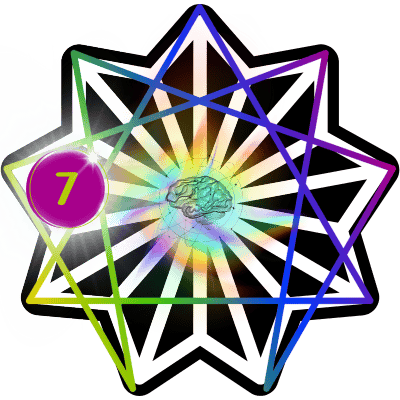
Type 7: The Enthusiast
Conflict: Type 7s are uncomfortable with negative emotions, often trying to deflect or lighten the mood. This can make it difficult to resolve issues that call for serious discussion.
Connection: Their enthusiasm for life makes them wildly entertaining and exciting romantic partners and friends.
Tip: When dealing with a Type 7, focus on the positive, but don’t let important issues go unaddressed. Confrontation can be done in a forthright yet gentle manner.
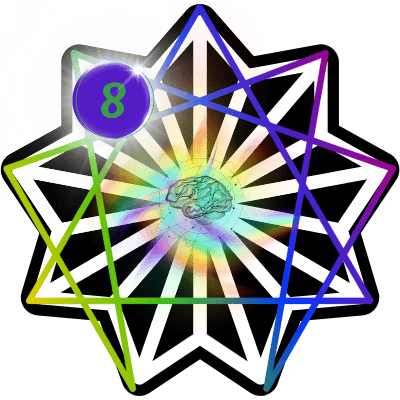
Type 8: The Challenger
Conflict: Type 8s are not afraid of confrontation. In fact, they often welcome it as a way to clear the air. However, their frank and direct approach can be intimidating and a little scary.
Connection: Once you’ve earned their respect, they are fiercely loyal and protective—you’ve got yourself a ride or die.
Tip: With a Type 8, honesty is always the best policy. They can clock insincerity from 500 paces and think highly of people who stand up for themselves.
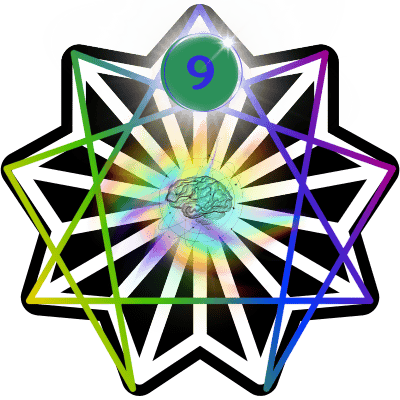
Type 9: The Peacemaker
Conflict: Nines have a tendency to avoid conflict at all costs, often sacrificing their own needs in the process. This can lead to deep-down, suppressed resentment.
Connection: They bring a calming presence to relationships and are often the glue that holds romantic relationships and social groups together.
Tip: Encourage open communication and reassure them that their opinions and feelings are valued—this can help them feel safe enough to address conflicts before they fester and boil over the top.
Takeaways
The Enneagram certainly can’t be used as a one-size-fits-all to human behavior, but it is quite a dynamic tool for understanding the multitude of ways people engage with each other, especially in terms of enneagram conflict and connection.
By getting a better grip on these dynamics, we can nurture healthier relationships, whether they be romantic, familial, professional, or in broader social contexts.
So, the next time you find yourself in an overheated conflict or a cuddly hug, remember—your Enneagram type is likely steering your emotional barometer in more ways than you ever realized!

